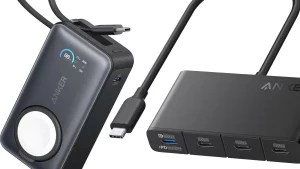Do You Need a Tablet or a Windows 2-in-1 Laptop?
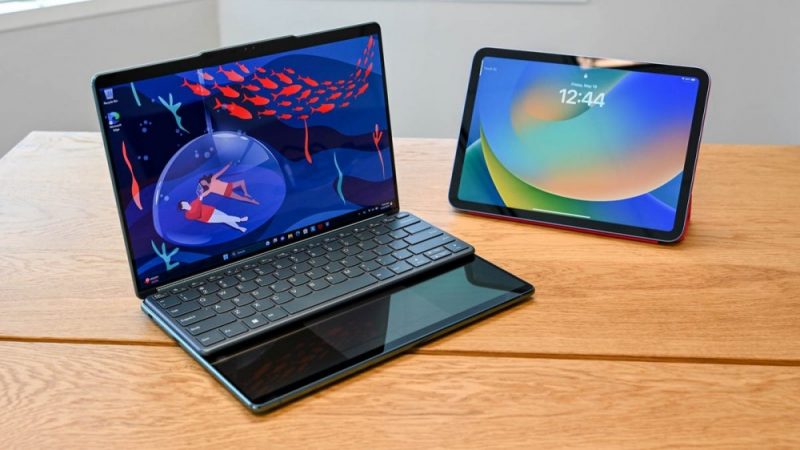
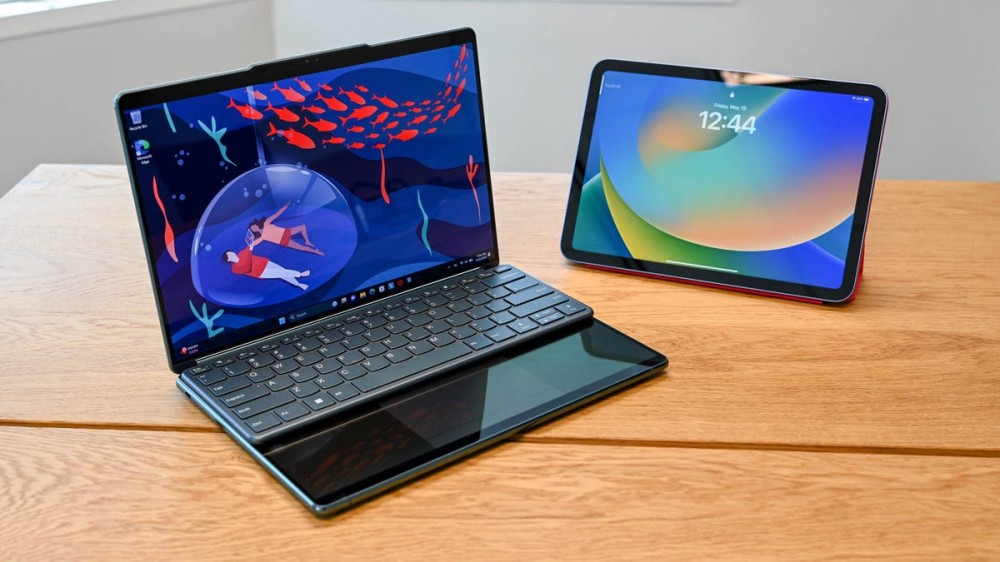
Does this sound familiar? You’re looking for portable computing power with a touchscreen, but you need something that’s between a smartphone and a laptop. If so, you might be asking yourself whether you should opt for a tablet or a Windows 2-in-1 laptop.
The power and price of each device can play a role in helping you decide which one to buy, but these aren’t the only factors you should consider. We’re highlighting the strengths and weaknesses of tablets and Windows 2-in-1 devices so that you can decide which one is right for you.
What’s the Difference Between a Tablet and a 2-in-1?
Advantages and Disadvantages of a Tablet
Advantages and Disadvantages of a Windows 2-in-1 Device
What Device Should You Get?
What’s the Difference Between a Tablet and a 2-in-1?
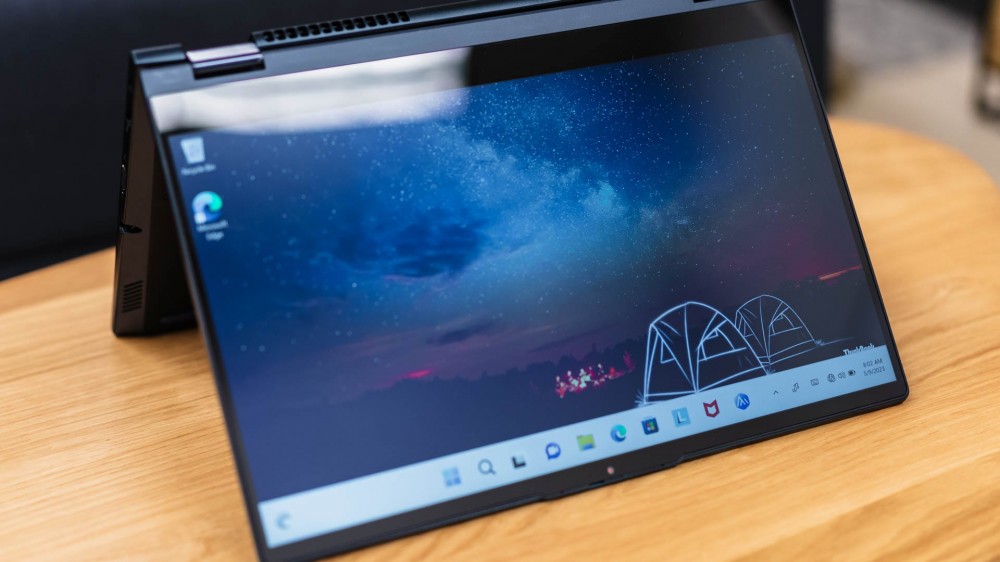
Before you can decide whether to get a tablet or a 2-in-1, you need to know the basic differences between these two types of devices.
- A tablet is a touchscreen slate-style mobile device that’s larger than a smartphone. These devices generally have less power than a computer, so you can typically only use mobile apps and not computer software.
- In contrast, a Windows 2-in-1 device offers the features of both a tablet and a laptop, thanks to the presence of a touchscreen, a keyboard, and more computing power.
Based on this information, you might think that tablets cost less than 2-in-1s. While this may be true in some situations, it’s not always the case. Certain tablet brands and models cost significantly more than some 2-in-1 devices.
For example, an iPad Pro with a 12.9-inch display starts at more than $1,000, while some basic 2-in-1s are available for less than $200.
Advantages and Disadvantages of a Tablet
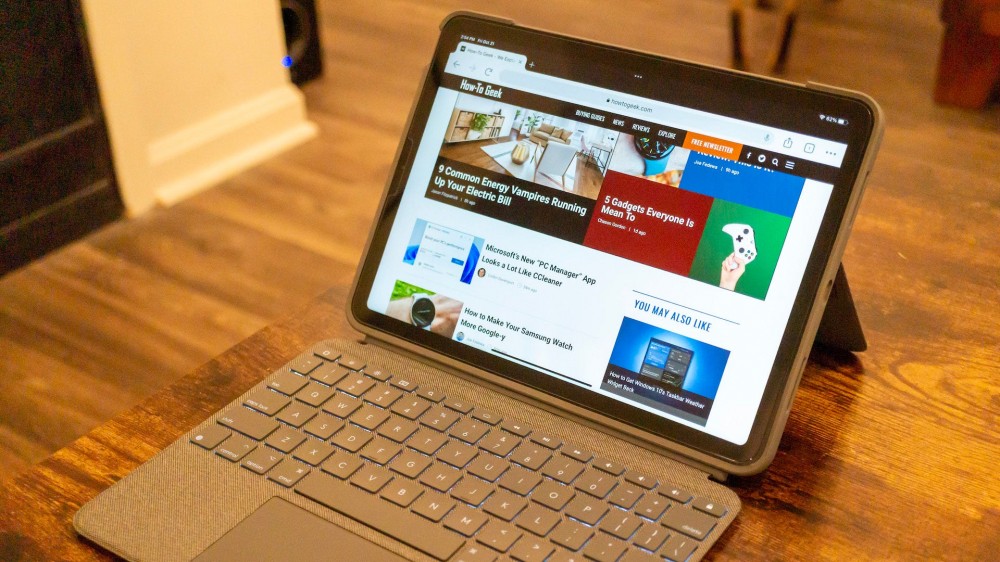
So, do you need a tablet or a Windows 2-in-1 device? As we dive deeper into this question, it’s helpful to explore the pros and cons of buying a tablet. While tablets aren’t always more affordable than 2-in-1 devices, they do have some clear advantages.
- Better battery life: You can go longer between charges with a tablet, as they tend to stay charged longer than 2-in-1. When you think about it, this makes sense. After all, a tablet is designed to be entirely portable. You wouldn’t want a device you use everywhere from on the go to outdoors to keep you tethered to a charger.
- More portable: Tablets are typically smaller and lighter than most 2-in-1 devices, which makes them easier to take with you on the go.
- More durable: Because a standalone tablet has fewer moving parts than a 2-in-1 laptop, many people find them to be more durable. It’s a big reason why parents tend to give their children tablets and not 2-in-1 devices.
The biggest disadvantage of buying a tablet relates to what you can do with it. Because a tablet isn’t a computer, it generally doesn’t have as much performance or computing power as a 2-in-1. You’re also limited to mobile apps, which means you can’t use the same programs that you’ll have access to on a 2-in-1.
Advantages and Disadvantages of a Windows 2-in-1 Device
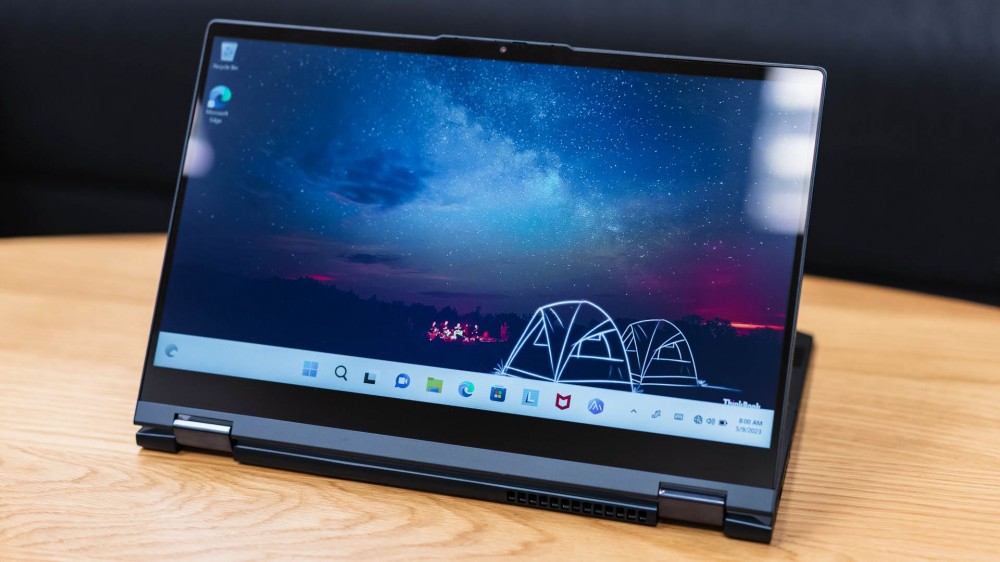
Now that you know a little bit about the good, the bad, and the ugly of tablets, you’re probably hoping to get the same information about 2-in-1s. We’ll start with the advantages of buying and using this type of device.
- More versatility: When compared to a tablet, a 2-in-1 can typically do much more. It allows you to use it as a laptop or a tablet, depending on your needs. These multiple modes are possible thanks to a touchscreen, a keyboard, and enhanced computing power.
- More power and speed: Speaking of computing power, 2-in-1 laptops tend to offer more of it than tablets. This makes many 2-in-1 devices faster and able to handle applications that many tablets can only dream of.
- Best of both worlds: A 2-in-1 can give you the best of a tablet and a laptop, but that’s not the only way it gives you the best of both worlds. While it functions like a laptop, it’s generally smaller and lighter than this type of computer. Additionally, despite its smaller size, it offers better port selection and bigger screen options than a tablet.
While all these benefits might make 2-in-1 devices sound like the clear winner in the battle between 2-in-1s and tablets, there are some disadvantages that some argue provide the worst of both worlds. For example, 2-in-1s are bulkier to use in tablet mode than actual tablets. Additionally, the higher-end models can come with larger price tags and some 2-in-1s are less powerful than a standard laptop.
For these reasons, you can either view a 2-in-1 as a device that gives you the best of everything or as a jack of all trades and a master of none. Your view will depend on which 2-in-1 you purchase and how you plan to use it.
What Device Should You Get?
You’re now armed with information about the pros and cons of Windows 2-in-1 devices and tablets. However, you still might need help deciding which device is right for you and your needs.
If you need some assistance making this big decision, we’re here to help. Asking yourself the following questions can make your decision a little easier.
- Do you want a device with more battery life? Go with a tablet.
- Need something lighter and more portable? You can’t go wrong with a tablet.
- Don’t mind using just mobile apps? A tablet could be perfect for you.
- Do you plan to use the device more for leisure? Getting a tablet is a good choice.
- Need a laptop and a tablet? You’ll want to consider getting a 2-in-1.
- Do you want or need a larger display? A 2-in-1 laptop is an excellent choice.
- Want to connect peripherals like a mouse, webcam, or SSD? Think about a 2-in-1.
- Do you plan to use this device for work or school? We suggest a 2-in-1 device.
In the event you’re still on the fence about whether to buy a 2-in-1 laptop or a tablet, we recommend focusing on battery life and performance. If you don’t need as much performance, we suggest selecting a tablet for its superior battery life. However, if excellent performance is your top concern, a .2-in-1, such as the Microsoft Surface Pro 8, is likely your best bet





